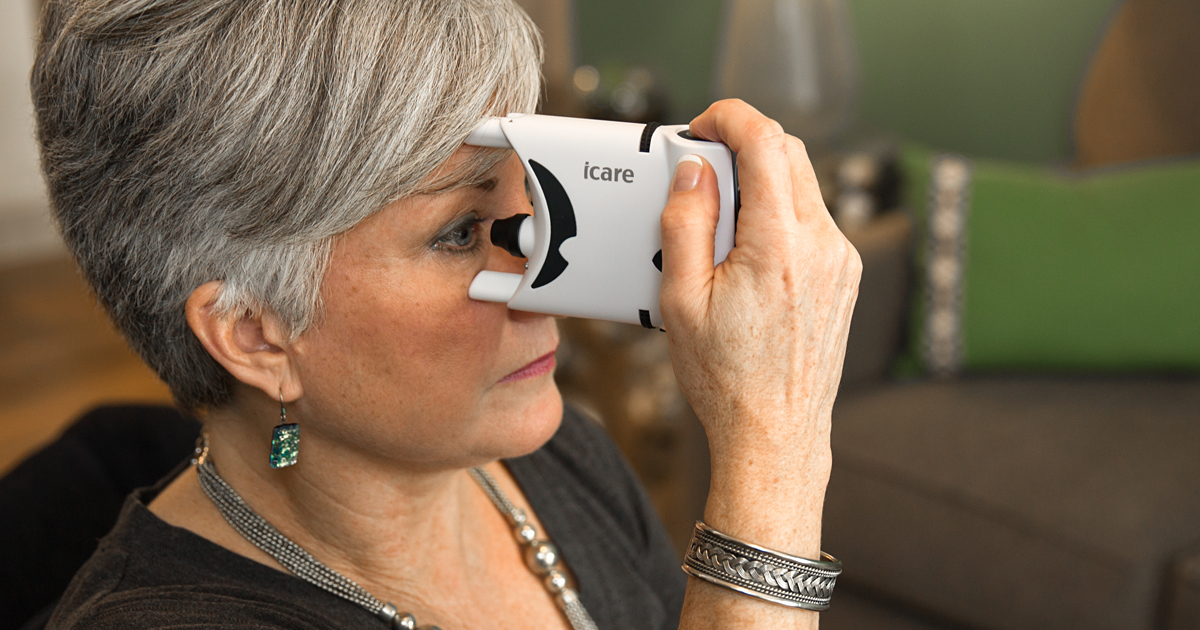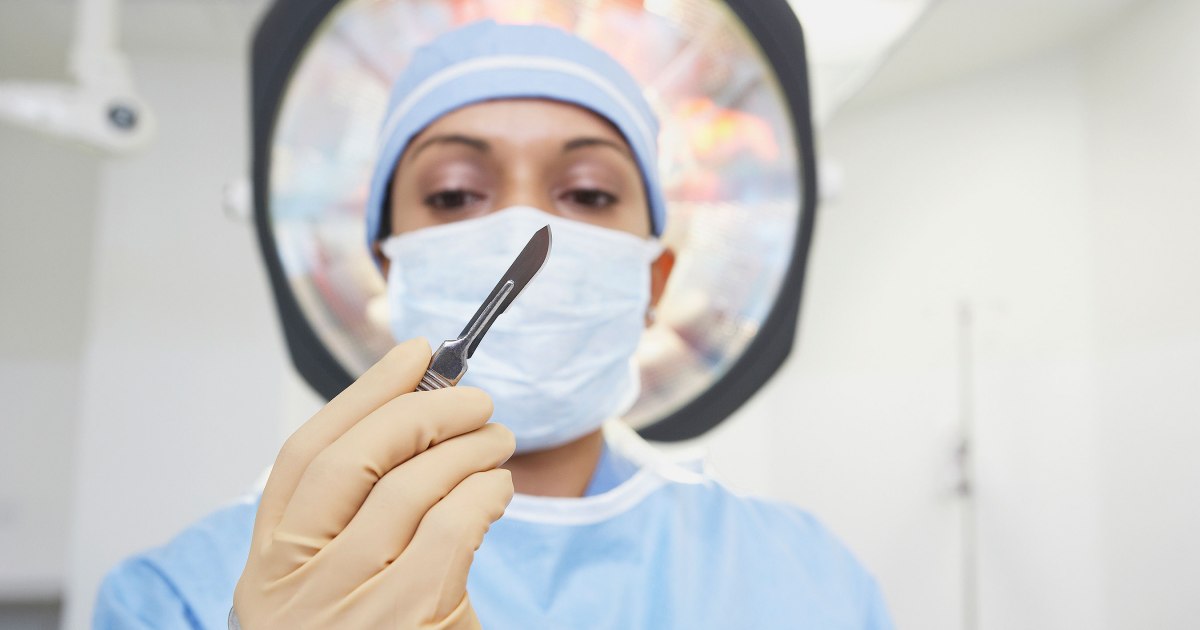Glaucoma Treatment Options
Glaucoma is a common eye condition that can cause loss of vision or blindness if left untreated. In fact, it is one of the leading causes of blindness in older adults. Glaucoma develops from fluid buildup within the eye because of problems with drainage, which usually leads to pressure in the eye and damage to the optic nerve. Early detection and treatment of glaucoma is key to minimizing damage.
The most common type of glaucoma is open-angle, which occurs gradually and is usually asymptomatic in the early stages. The other major type is closed-angle glaucoma, which can cause an acute attack or develop slowly over time. An acute attack is considered an emergency and requires immediate medical attention to prevent blindness. Symptoms include severe eye pain and blurred vision. Risk factors of glaucoma include age, eye injuries or conditions, or certain illnesses like diabetes. Lost vision can’t be restored, but a variety of treatments are available to preserve a patient's remaining sight.
Eyedrop Medications

Eyedrops are usually the first treatment recommended to control intraocular pressure (IOP), since they can be very effective at controlling it for many patients. These medications include prostaglandins, beta blockers, and alpha-adrenergic agonists. This treatment lowers eye pressure by increasing drainage of fluid or decreasing the formation of fluid in the eye. During application, some of the eyedrops are absorbed into the bloodstream. Side effects of eye drops include blurred vision, stinging, redness, itching, and changes in eye color.
Glaucoma eye drops are categorized by their active ingredient and are typically available in generic forms. One of the most recommended types is prostaglandins because they only require one application per day. Most others require two to four, and some patients have difficulty keeping up with the daily schedule. Prostaglandins work by relaxing the eye muscles for better flow of fluids. Taking medications regularly and following dosage amounts is crucial to controlling eye pressure. Specific techniques can maximize the amount of drug absorbed in the eye and lessen the portion that goes into the bloodstream. Doctors can advise their patients about the most effective method of administering the drops.
Keep reading for more glaucoma treatment options.
Oral Medications

Oral medications are sometimes prescribed in addition to eyedrops to help reduce eye pressure to a normal level. These medications have the same effect as eyedrops as they decrease fluid production and increase drainage. They’re typically added to the regimen if eyedrop medications aren’t able to reduce eye pressure to the desired level. The oral medication usually recommended is a carbonic anhydrase inhibitor, which helps slow production of fluid in the eyes. Acetazolamide and methazolamide are two examples of this type of medication. There are more systemic side effects when taking pills in comparison to eyedrops, and they include stomach upset, fatigue, depression, a tingling sensation in the extremities, frequent urination, and kidney stones. Oral medications for glaucoma may cause potentially dangerous interactions with other drugs, so it's important for patients to keep their doctor informed of all current medications. In addition, it's imperative to take recommended medicine regularly and consistently because it controls eye pressure and preserves vision.
Discover the next option for treating glaucoma now.
Laser Therapy

Laser trabeculoplasty or laser therapy is becoming a popular option to treat open-angle glaucoma. The procedure, as is clear, involves the use of a laser beam to open clogged channels used for drainage, and it can also help stop fluid blockage for patients with angle-closure glaucoma. The laser beam doesn’t actually burn a hole through the area. Its effect is more subtle, but it actually changes the eye’s drainage system to ease the flow of excess fluid. The fifteen-minute procedure can be performed in a doctor's office or an outpatient facility, and no recovery period in a facility is necessary. The effect of the procedure usually takes a few weeks, but the majority of patients can discontinue taking some of their medications when the pressure-lowering effect takes place.
Laser procedures include trabeculoplasty, iridotomy, and cycloablation. These techniques are effective ways of facilitating drainage or reducing fluid production. Complications from laser surgeries are minimal.
Reveal more treatments for glaucoma now.
Surgical Treatment

Conventional surgery may be necessary when medications and laser therapy aren’t able to lower a patient's intraocular pressure. Several operations are available to treat open-angle and closed-angle glaucomas. The most common operation for both is called a trabeculectomy, which creates a passage and flap to move the excess eye fluid out of the eye. It has to be repeated on occasion because of the body’s natural healing process mistakenly viewing the surgically created drainage hole as an injury. Approximately half of the patients who undergo this procedure no longer need their glaucoma medications for a significant period afterward. Most of the remaining patients have better control of their intraocular pressure as well. The recovery time can be up to four weeks for certain activities like reading and driving.
Drainage implant surgery is an option for children or individuals with secondary glaucoma. A silicone tube is inserted into the eye to drain excess fluid in this procedure, which isn’t as effective as the trabeculectomy, but it's preferred in patients with previous scarring or whose eye pressure cannot be controlled with traditional surgery. Filtering surgery creates new channels in the eye to improve drainage and is sometimes used if all other methods fail to achieve any improvement in a patient's condition. Minimally invasive glaucoma surgery are procedures that are less risky than other operations and require less postoperative care. Doctors will discuss the various surgical treatments available for treatment and which one is appropriate for their patient's particular set of circumstances.
Keep reading to get familiar with the next option regarding glaucoma treatment.
Diet And Exercise Options

Diet and exercise options may help patients control eye pressure and promote good eye health. Studies have shown the ability of aerobic exercise to lower intraocular pressure in open-angle glaucoma. Other types of exercises that can lower intraocular pressure include dynamic resistance, isometric, and isokinetic exercises. Exercise also plays a role in cardiac health, and there’s a lot of evidence suggesting cardiac health influences the development of glaucoma. Some exercises can increase intraocular pressure, so patients should consult with a medical professional before starting an exercise program. Vitamins important to eye health include vitamins C, E, and A. Copper, zinc, and selenium are also important for eye health. Glaucoma patients should limit the amount of caffeine in their diet because consuming large amounts can increase eye pressure. Consumption of omega fats and magnesium should be monitored because it may be beneficial in certain quantities, but harmful in others. Some dietary choices may lower intraocular pressure, but it’s essential for patients to discuss their diet with a doctor before making any drastic changes. Glaucoma patients should be especially careful when making lifestyle changes because of how it can impact their treatment plan.